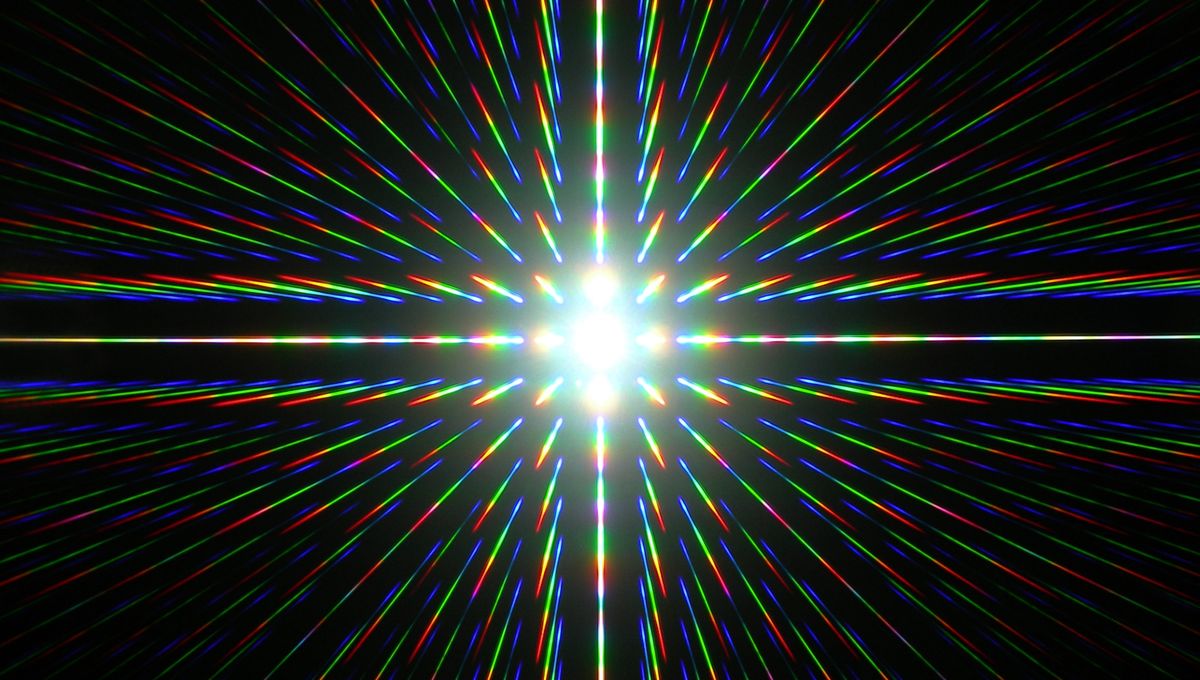
For thousands of years, thinkers argued about whether light is made of particles or waves. At the beginning of the 20th century, scientists realized it was both: massless particles and waves. An even more upsetting realization came a few years later though, when Louis de Broglie put forward the idea that all matter also has wave properties.
This was demonstrated by George Paget Thomson with his student Alexander Reid, and independently in the Davisson-Germer experiment. Electrons shot through a crystal could be made to diffract like light waves passing through slats in a blind, or sea waves entering a narrow harbor. Electron diffraction was revolutionary not just for fundamental physics, but led to the development of cutting-edge technology such as the electron microscope.
The wave-particle duality was demonstrated not only with electrons, but when it came to atoms and even molecules, things got complicated. Electrons are 1,800 times lighter than the lightest atom (something discovered by Thomson’s father J.J. Thomson) so they can more easily diffract through the lattice of a crystal.
Atom diffraction had so far been seen in reflection. The atoms were bounced off a surface that was etched to have a grating. The lines don’t need to be as thin as 10,000 times smaller than a hair, like the most important machine you’ve never heard of makes them. Grids with much larger lines, which could have been made in the 1930s, were enough to showcase this phenomenon. However, researchers haven’t been able to show the diffraction of atoms through a crystal until now.
In a yet-to-be-peer-reviewed paper, Carina Kanitz and colleagues from the Institute of Quantum Technologies and the University of Vienna demonstrated diffractions of hydrogen and helium atoms using a one-atom-thick sheet of graphene. The atoms are shot perpendicularly at the graphene sheet at high energy. This should damage the crystal but it doesn’t, and it’s the secret of this successful experiment.
“Despite the atoms’ high kinetic energy and coupling to the electronic system of graphene, we observe diffraction patterns featuring coherent scattering of up to eight reciprocal lattice vectors. Diffraction in this regime is possible due to the short interaction time of the projectile with the atomically-thin crystal, limiting the momentum transfer to the grating,” the researchers wrote in the paper.
Basically, thanks to the peculiarities of quantum mechanics the higher energy atoms can more easily diffract through the crystal without destroying it.
A preprint describing the experiment is available via arXiv and is yet to be peer-reviewed.
[H/T: New Scientist]
Source Link: Century-Old Challenge Of “Atomic Diffraction” Finally Solved Thanks To Graphene